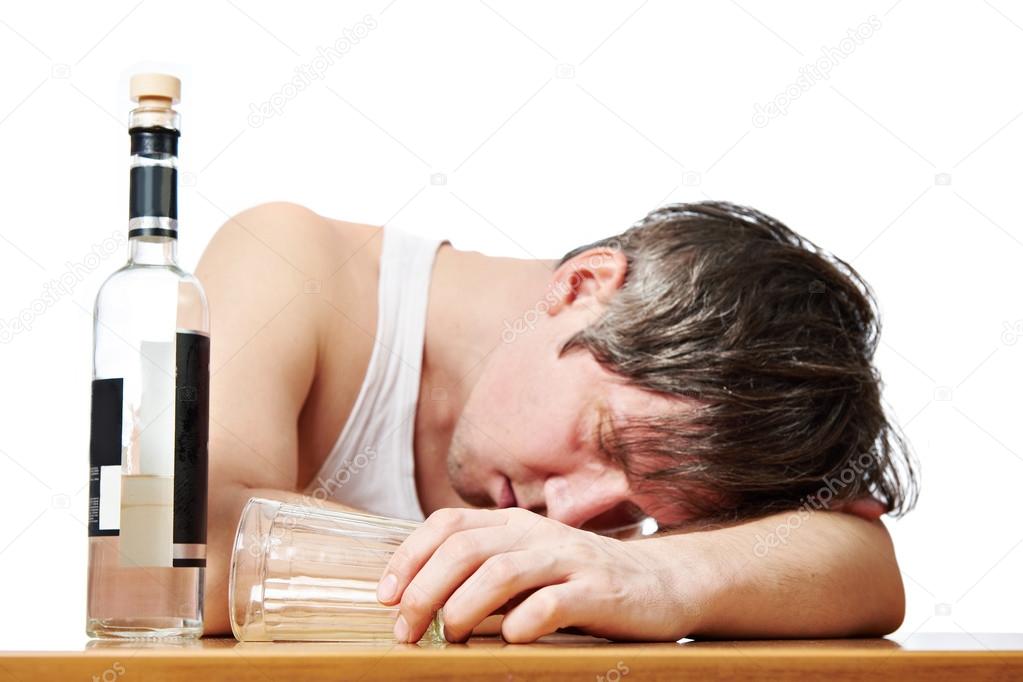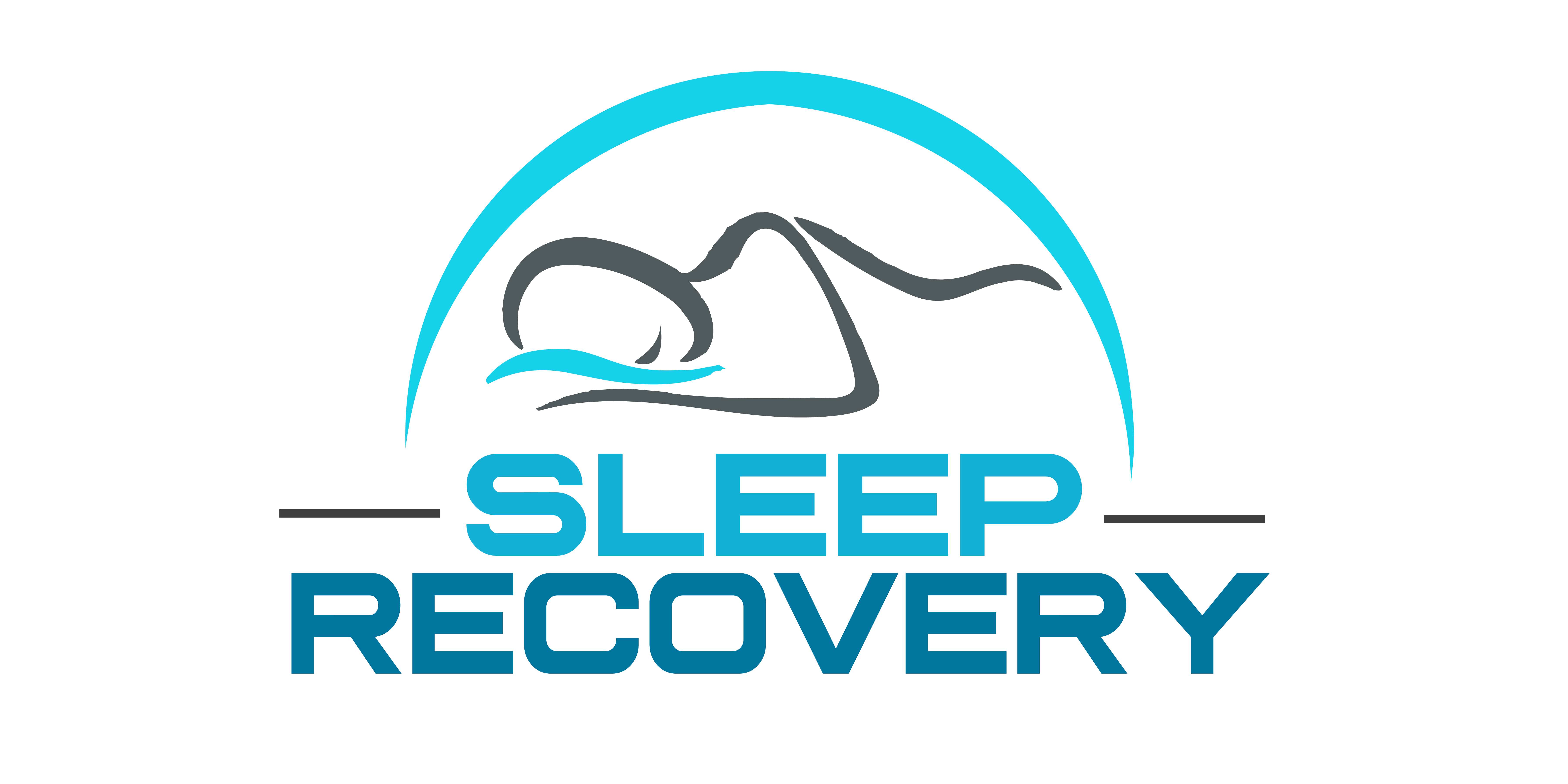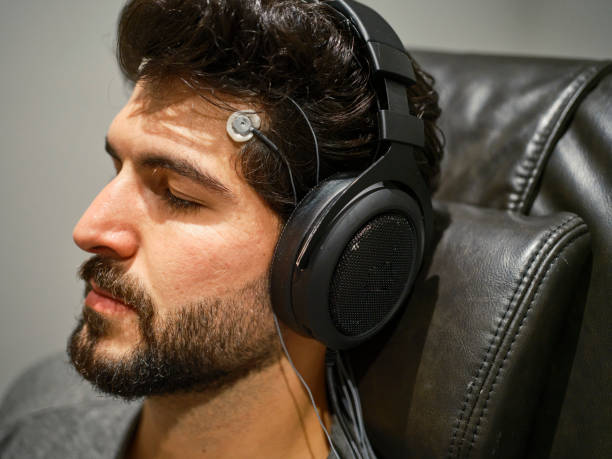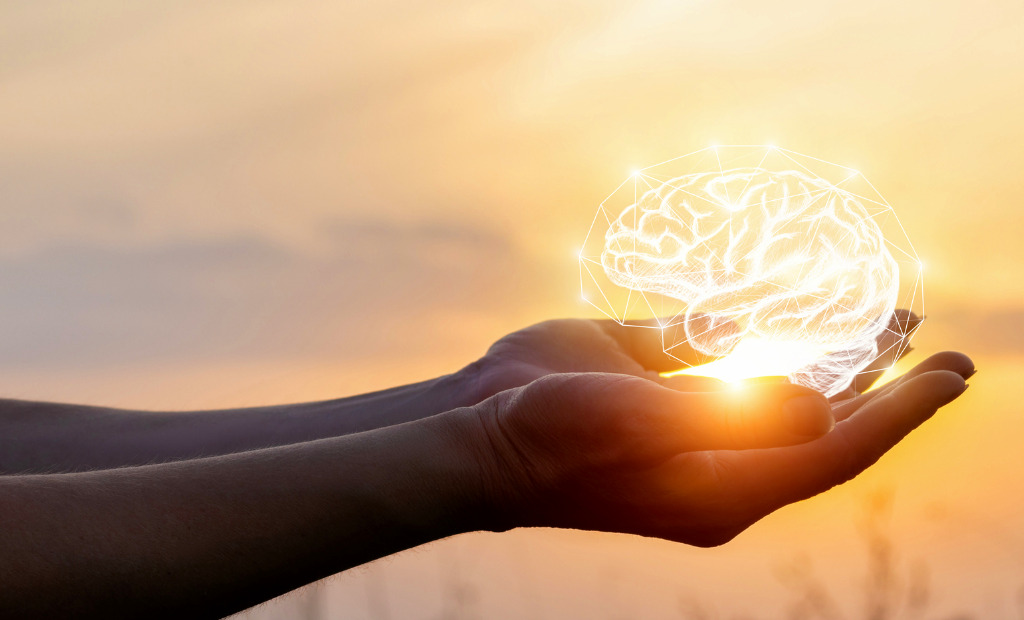The Sleep-Alcohol Trap: Breaking the Cycle of Insomnia and Drinking

How Stress and Depression Create Different Pathways Between Sleep Problems and Alcohol Misuse
The connection between troubled sleep and problematic drinking has long puzzled health professionals. With estimates suggesting that between one-third and 91% of people living with insomnia also misuse alcohol, the relationship is undeniable yet complex. Groundbreaking research from Ohio State University has identified key psychological factors that help explain this troubling connection.
Published in the journal Alcohol in April 2025, the study reveals how stress and depression function as distinct bridges between insomnia and hazardous drinking, with surprising differences depending on which condition develops first.
“We were most interested in how insomnia leads to drinking, and we found that it seems to occur primarily through stress,” explains Jessica Weafer, senior author and associate professor of psychiatry and behavioral health at Ohio State University College of Medicine. “But when we switched pathways, it appeared that drinking primarily led to insomnia through depression.”
This bidirectional relationship helps explain why addressing either condition alone often fails to create lasting improvement. The findings offer valuable insights for developing more effective treatment approaches that target the specific psychological mechanisms connecting these common problems.
The Hidden Cost of Connected Conditions
Both insomnia and hazardous drinking have tremendous tolls on individuals and society. Poor sleep quality is linked to missed workdays, reduced productivity, increased risk of cardiovascular disease, and even heightened vulnerability to Alzheimer’s disease. Similarly, alcohol misuse disrupts relationships, impairs judgment, and contributes to numerous health complications.
When these conditions co-occur, their combined impact becomes particularly devastating. The study analyzed data from 405 volunteers who completed assessments measuring insomnia severity, current and historic drinking behaviors, perceived stress levels, and depression symptoms.
“The number of people with Alcohol Use Disorder who also have insomnia is very, very high. It’s striking and important,” notes Weafer, underscoring the prevalence of this combination.
Distinct Pathways of Influence
What makes this research particularly valuable is its examination of how stress and depression function as mediating factors. While these psychological states share many characteristics, they represent distinct experiences—stress reflects how threatening or overwhelming situations feel, while depression encompasses feelings related to hopelessness, fear, and diminished pleasure.
“If you look at stress and depression separately, we find there is an indirect relationship between insomnia and drinking as well as drinking and insomnia—meaning a good chunk of the relationship between insomnia and drinking can be viewed through perceived stress or depression,” says Justin Verlinden, first study author, and cognitive neuroscience PhD student at the University of Kentucky.
The researchers employed multiple statistical models to untangle these complex relationships. Their most intriguing finding emerged when examining both stress and depression simultaneously. When insomnia preceded alcohol misuse, stress appeared to be the primary connecting factor. However, when alcohol problems developed first, depression symptoms more strongly mediated the subsequent development of sleep difficulties.
The Neurobiological Connection
Understanding these relationships requires looking beyond psychology to the brain itself. The links between sleep, stress, depression, and substance use converge in several key brain regions and neurotransmitter systems.
“These conditions share underlying neurobiological mechanisms,” explains Dr. Jeffery Wilson, Clinical Director at Sleep Recovery, who was not involved in the original research. “Disrupted sleep alters brain activity in regions like the amygdala and prefrontal cortex, which regulate stress responses and reward processing related to alcohol consumption.”
EEG studies reveal that chronic insomnia produces characteristic patterns of hyperarousal in these brain regions, creating a state of heightened stress reactivity. Alcohol temporarily dampens this hyperarousal but ultimately worsens sleep architecture, particularly disrupting REM sleep, which is critical for emotional processing.
“The brain becomes caught in a destructive feedback loop,” continues Dr. Wilson. “Poor sleep increases stress sensitivity, leading to alcohol use for temporary relief, which further damages sleep quality, triggering depression, and perpetuating the cycle.”
Breaking the Cycle: A Multi-Faceted Approach
The Ohio State findings suggest that effective treatment may require tailoring approaches based on which condition developed first and which psychological factor—stress or depression—predominates.
David Mayen, Founder and Program Director at Sleep Recovery notes the practical implications: “For clients whose sleep problems precede alcohol issues, we now know to focus intensively on stress reduction alongside sleep normalization. For those whose drinking came first, addressing depressive symptoms becomes equally important.”
This research supports the integrated approach Sleep Recovery has developed, which addresses the underlying neurophysiological dysregulation common to both conditions while providing targeted interventions for stress and depression.
“We’ve found that combining neurofeedback to stabilize brain activity patterns with specific stress management and mood-regulation techniques produces better outcomes than addressing either the sleep or substance use component alone,” Mayen explains.
The Sleep Recovery protocol typically includes:
- Targeted neurofeedback to normalize brain activity patterns associated with both sleep disturbance and stress/depression
- Sleep architecture restoration focusing on specific sleep stages disrupted by alcohol use
- Personalized stress management techniques matched to individual stress response patterns
- Mood regulation strategies that address depressive symptoms without reliance on alcohol
This comprehensive approach recognizes that treating the surface symptoms of either insomnia or drinking without addressing the underlying psychological and neurobiological factors often results in temporary improvement followed by relapse.
Hope on the Horizon: Digital Interventions
The Ohio State team is currently testing a promising digital intervention that may help break the insomnia-alcohol cycle. Their pilot study, published in December 2023, showed that a digital version of cognitive behavioral therapy for insomnia called SHUTi (Sleep Healthy Using the Internet) effectively reduced insomnia symptoms in heavy drinkers—even without directly targeting alcohol consumption.
“Having effective digital tools could dramatically increase access to treatment for these interconnected conditions,” notes Weafer, who sees potential for reaching many more sufferers than traditional face-to-face therapy allows.
Sleep Recovery has observed similar benefits from its digital sleep training platform. It incorporates elements specifically designed to address the stress-insomnia and depression-alcohol connections identified in the Ohio State research.
“Digital tools allow us to provide more consistent support between sessions and gather data about sleep patterns, stress levels, and substance use in real-time,” explains Mayen. “This helps us identify exactly when and how these factors interact for each individual.”
Real Stories, Real Recovery
James M., a 43-year-old marketing executive, exemplifies the typical pattern described in the Ohio State research. His insomnia began during a particularly stressful work period, leading to evening drinking to “wind down” that gradually increased to problematic levels.
“I didn’t realize how much my stress was driving both my sleep problems and my drinking,” James shares. “I kept thinking if I could just get some sleep, everything would be fine, so I drank more to knock myself out. It became this terrible cycle where I felt worse and worse.”
James saw improvements in both conditions after participating in the Sleep Recovery program, which addressed his hyperaroused brain patterns while teaching specific stress-reduction techniques.
“Once my sleep started improving naturally, I found I didn’t want the alcohol anymore. The stress reduction techniques gave me better ways to handle work pressure without it affecting my sleep or pushing me toward drinking.”
Practical Applications: What This Means for Sufferers
For those caught in the insomnia-alcohol cycle, the Ohio State findings offer several practical insights:
- Recognize the connection: The first step toward recovery is understanding that sleep problems and drinking likely influence each other rather than separate issues.
- Identify your primary psychological trigger: Consider whether stress or depression features more prominently in your experience to help guide treatment focus.
- Address the underlying mechanisms: Look beyond symptom management to approaches that normalize the brain activity patterns driving both conditions.
- Consider integrated treatment: Approaches that simultaneously address sleep, substance use, and the connecting psychological factors typically produce better outcomes than single-focus treatments.
- Utilize digital supports: Between-session tools can help maintain progress and provide valuable insights about how these factors interact daily.
The Road Ahead: Longitudinal Understanding
While the current study provides valuable insights, the Ohio State team acknowledges its limitations. “The findings represent a snapshot rather than explaining the progression of how insomnia and heavy drinking become linked over time,” Weafer notes. Her team is currently collecting data that will trace insomnia, stress, and depression over 12 months to understand these connected pathways better.
This longitudinal perspective will likely reveal additional nuances in how these conditions interact and evolve, potentially identifying critical intervention points where breaking the cycle might be most effective.
“What’s becoming increasingly clear is that we need to stop thinking about these conditions in isolation,” concludes Mayen. “The brain doesn’t experience insomnia, stress, depression, and substance use as separate problems—they’re interconnected aspects of dysregulation that require integrated solutions.”
For those struggling with the combined challenges of poor sleep and problematic drinking, this research offers hope that targeting the specific psychological bridges connecting these conditions may provide more effective relief than addressing either problem alone.
To learn more about integrated approaches to addressing sleep problems complicated by alcohol use, visit https://sleeprecovery.net or call 1-800-927-2339 for a confidential consultation.
References:
- The Effects of Alcohol on Quality of Sleep. https://pmc.ncbi.nlm.nih.gov/articles/PMC4666864/
- Alcohol use and poor sleep quality: a longitudinal twin study across 36 years. https://academic.oup.com/sleepadvances/article/3/1/zpac023/6632721
-
Alpha-theta brainwave training and beta-endorphin levels in alcoholics. https://pubmed.ncbi.nlm.nih.gov/2524976/


